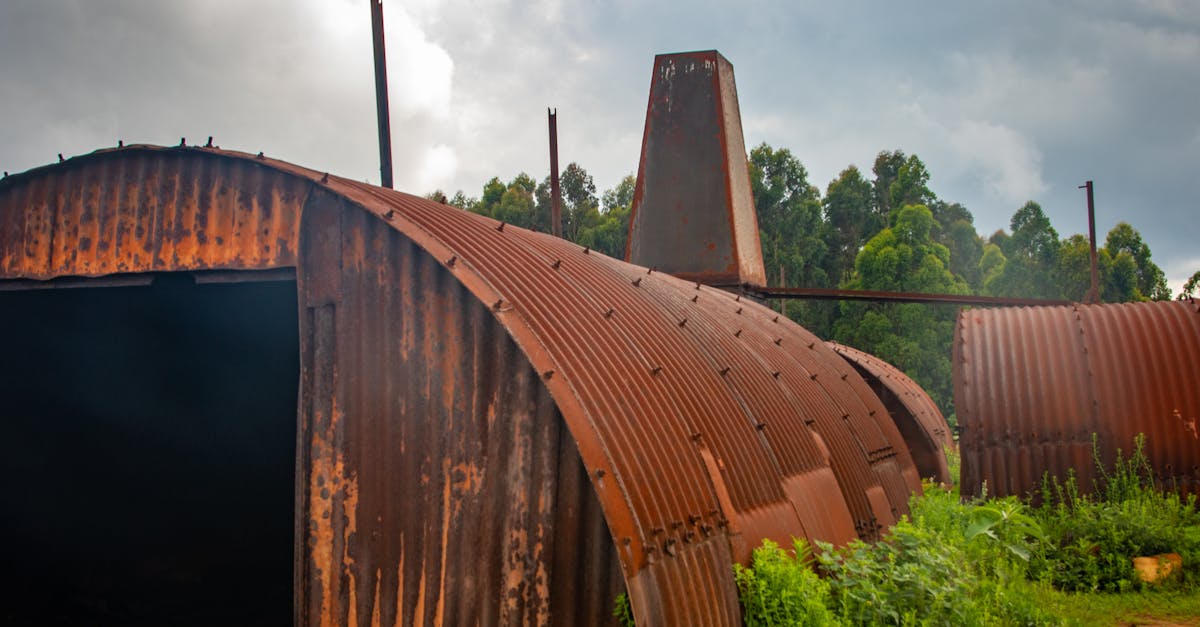Tile For Aluminum Roof Replacement Sydney

Table Of Contents
Tile For Aluminum Roof Replacement Sydney
In the ever-evolving landscape of home improvement and construction, selecting the right materials for roofing can significantly influence both aesthetics and functionality. Homeowners in Sydney often consider various factors when exploring their choices, and among these, tile and ceramic materials provide compelling alternatives for metal roofing replacement. Specifically, the trend towards Replacement Roofing Options Sydney is gaining traction, as more individuals recognize the benefits of durability and design flexibility that tile and ceramic solutions offer.
When contemplating a roof makeover, the options for replacement are vast, yet the appeal of tile and ceramic for metal roofing is hard to ignore. Many residents in NSW are discovering that these materials not only complement the architectural beauty of their homes but also enhance energy efficiency and longevity. The increasing popularity of replacement roofing options sydney underscores a shift in preferences, as homeowners seek environmentally friendly and stylish choices that stand the test of time.
Pros of Switching from Slate Roofing to Steel
Switching from ceramic roofing to aluminum offers numerous advantages for homeowners. A primary pro is durability. Steel roofing are famed for their ability to withstand harsh weather conditions, like heavy rain, snow, and strong winds. This strength means into a longer lifespan compared to traditional ceramic options. In addition, aluminum roofs are lightweight, making installation easier and more cost-effective for homeowners.
A further advantage of changing to aluminum roofing is energy efficiency. Steel roofs reflect sunlight, which can help decrease cooling costs during hot summers. Such reflective properties not only contribute to lower energy bills, and they also promote a more comfortable indoor environment. Moreover, many aluminum roofing options are designed to be environmentally friendly, creating a more eco-conscious choice for homeowners looking to improve their home's performance.
Importance of Upgrading to Aluminum Roofs for Sydney
Upgrading to steel roofs represents a valuable choice in property owners of the Sydney Area. The kind of roofing offers superior resilience against severe weather conditions, which is essential in the local climate. In addition, steel roofs demand less maintenance, keeping homeowners time and money throughout the years.
Another advantage of changing to steel roofing lies in its energy efficiency. Aluminum roofs bounce back heat effectively, which can help in lowering air conditioning costs during the hot summer months in the Sydney Area. Furthermore, these roofs are environmentally friendly, often made from recycled materials and being fully recyclable at the end of their lifespan. This mix of benefits makes this decision to change to steel roofing a smart investment for property owners of Sydney.
Frequent Issues When Replacing Tile Roofs to Steel
Replacing ceramic roofs to steel can introduce several challenges for homeowners. An initial challenge involves the load difference between ceramic and steel materials. Tile roofs are generally heavier, which may require modifications to the existing roof structure to ensure it can support the new material. Additionally, the transition from a roofing type to the other often requires compliance with local building codes, which can add difficulties to the project.
A further common challenge involves the potential for leaks or gaps during the installation process. Aluminum roofs require precise fitting and sealing to prevent water infiltration, which can lead to problems down the line. Inadequate installation techniques may not only compromise the roof's integrity but also result in higher maintenance costs. Furthermore, the change in roofing style may also affect the home’s overall aesthetic, prompting residents to reassess their choices carefully before proceeding.
Ways to Overcome Issues of Roof Replacement
Replacing a metallic roof after a tiled roof can present various problems. One concern is the stability of the existing framework. Before the installation, it is essential to evaluate the condition of the underlying structure. Any weaknesses in the frame can lead to difficulties during the replacement process. Making necessary reinforcements can ensure a smooth transition to the new roofing material.
A significant issue that may arise is in regard to the adaptation of the roof's aesthetic. Metal roofs can differ greatly in style compared to tiled roofs. Property owners should consider how the new roof will integrate with the overall look of their home. Proper planning and consultation with roofing professionals can help in selecting a style that complements the existing structure. These steps can significantly enhance both the functionality and appearance of the home.
Exploring Fitting Process for Slate to Steel Roofing Replacement
Transitioning the tile roof with metal is one crucial renovation endeavor. This implementation process involves thorough planning as well as a right materials. Initially, a current roof must be carefully removed, which helps a strong structure for the new metal roof.
Next, a implementation of the fresh metal roof may begin. This process consists of installing each metal panels onto the prepared structure. Accurate sealing and fastening are critical to confirm water resistance and longevity. Ultimately, the final inspection becomes necessary to confirm everything are installed correctly.
Guided Explanation of Tile to Metal Fitting
Transitioning your tile roof to a steel roof can appear daunting at first. Yet, with a detailed overview, this process becomes easier. Initially, it is important to inspect the existing tile roof for any issues or vulnerabilities. Subsequently, thoughtfully remove the tiles while ensuring the underlying structure remains unharmed.
After the tiles are removed, placing the metal roofing needs proper preparation of the decking. This step involves placing a moisture barrier to safeguard the roof from water damage. Then, the metal panels can be secured to the roof structure with the appropriate fasteners. Finally, it is vital to ensure all seams are sealed properly to stop leaks. Finishing the project involves a thorough inspection to guarantee everything is installed correctly.